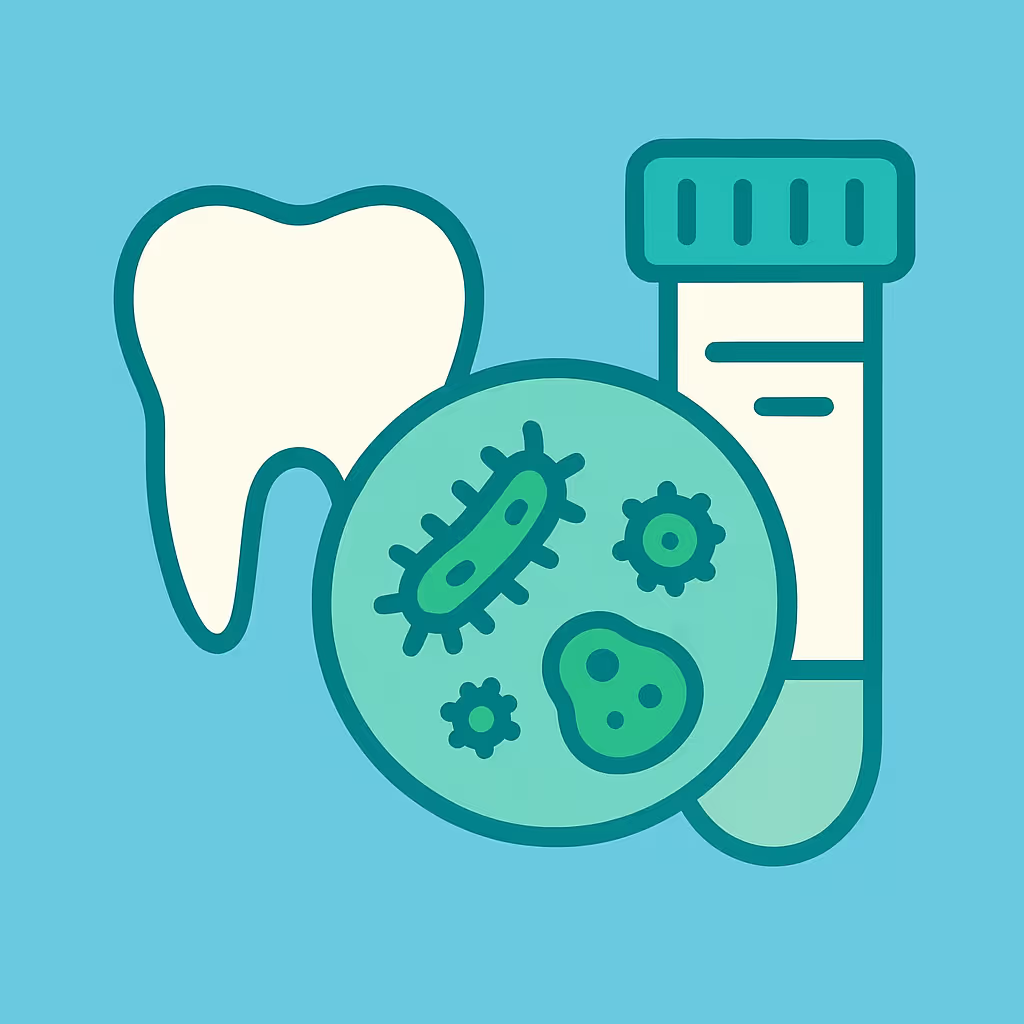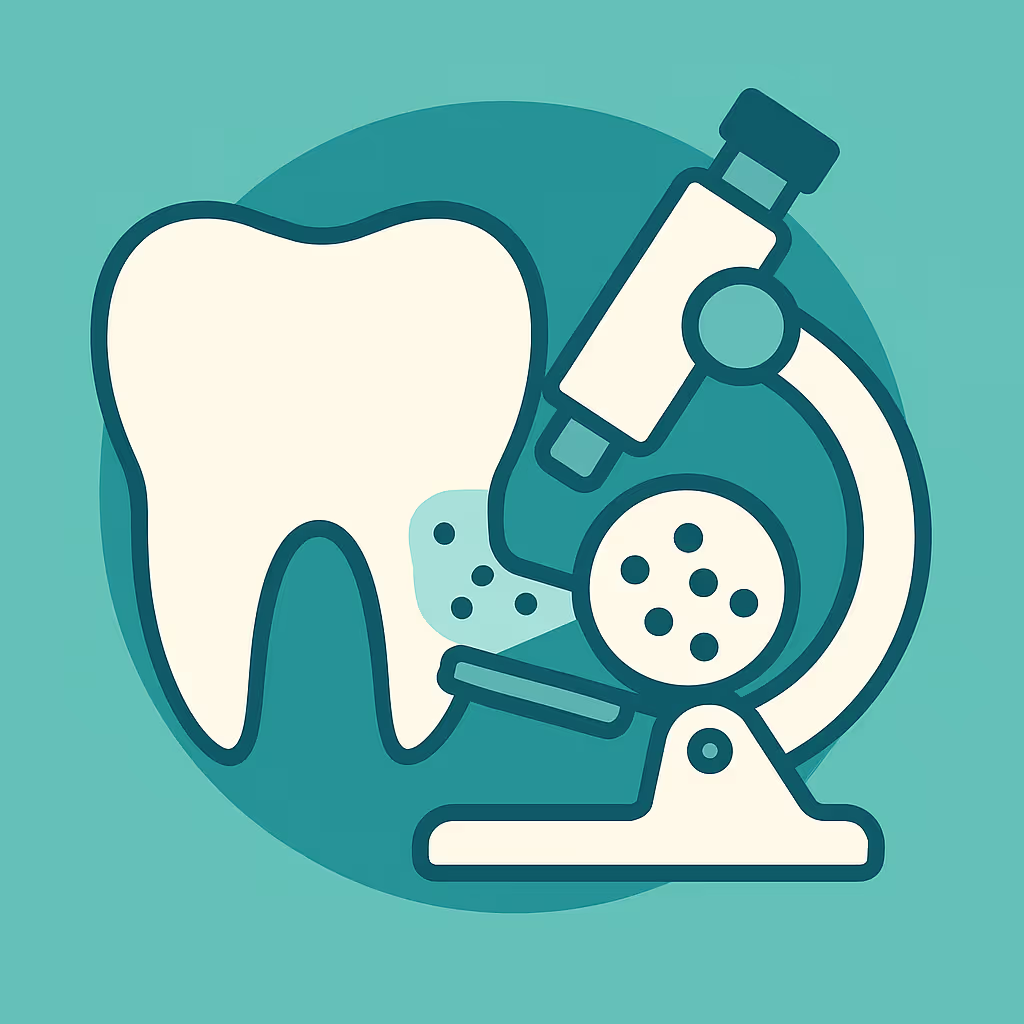Understanding Dental Code D6750
When to Use D6750 dental code
The D6750 dental code is designated for a retainer crown—porcelain fused to high noble metal as part of a fixed partial denture (bridge). This CDT code is used when a patient requires a retainer crown to support a bridge, typically when replacing a missing tooth or teeth. It is important to note that D6750 specifically refers to crowns fabricated with high noble metal and porcelain, not to be confused with codes for all-ceramic or base metal crowns. Proper code selection ensures accurate billing and minimizes claim denials.
Documentation and Clinical Scenarios
To support the use of D6750, dental offices must maintain thorough documentation. This includes:
- Detailed clinical notes describing the missing tooth/teeth and the need for a fixed partial denture.
- Pre-operative and post-operative radiographs or intraoral photos showing the abutment tooth and edentulous space.
- Periodontal charting and caries risk assessment, if relevant.
- Lab prescription indicating the use of high noble metal and porcelain materials.
Common clinical scenarios include patients with one or more missing teeth who are candidates for a bridge, where the abutment tooth requires a retainer crown for structural support. If the retainer crown is fabricated with a different material, consider using a related code, such as all-ceramic retainer crown.
Insurance Billing Tips
Accurate billing for D6750 requires attention to detail and proactive communication with payers. Here are best practices:
- Verify coverage: Before treatment, confirm the patient’s benefits for fixed partial dentures and specific material requirements for retainer crowns.
- Pre-authorization: Submit a pre-treatment estimate with supporting documentation to reduce the risk of denial.
- Claim submission: Clearly indicate D6750 on the claim form, attach all required radiographs, photos, and narratives, and specify the use of high noble metal in the lab slip.
- Review EOBs: Carefully review Explanation of Benefits (EOBs) for payment accuracy and denial reasons. If denied, use the documentation to support a claim appeal.
- Coordination of benefits: For patients with dual coverage, ensure proper coordination to maximize reimbursement and avoid duplicate payments.
Example Case for D6750
Consider a patient missing tooth #19, with healthy adjacent teeth #18 and #20. After evaluation, the dentist recommends a three-unit bridge, with #18 and #20 serving as abutments. Tooth #18 is prepared for a retainer crown, and the lab fabricates a porcelain fused to high noble metal crown. The office documents the clinical findings, takes pre-op radiographs, and submits a pre-authorization to the insurance carrier. Upon approval, the claim is submitted with D6750 for the retainer crown, including all supporting documentation. The insurance pays according to plan benefits, and the office posts the payment to the patient’s account, following up on any outstanding balances.
By following these best practices, dental teams can ensure proper reimbursement and minimize administrative delays when billing for D6750 retainer crowns.





